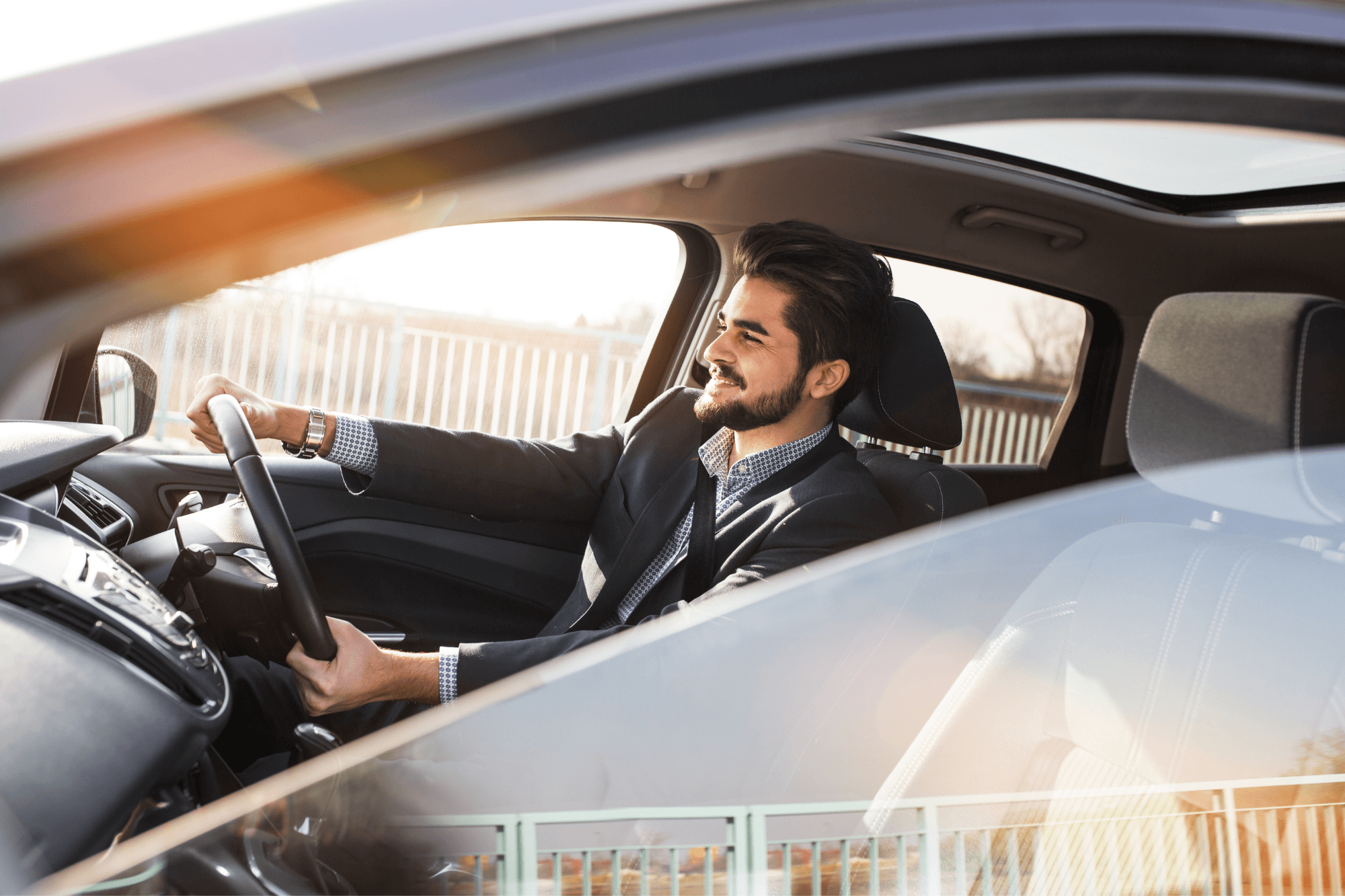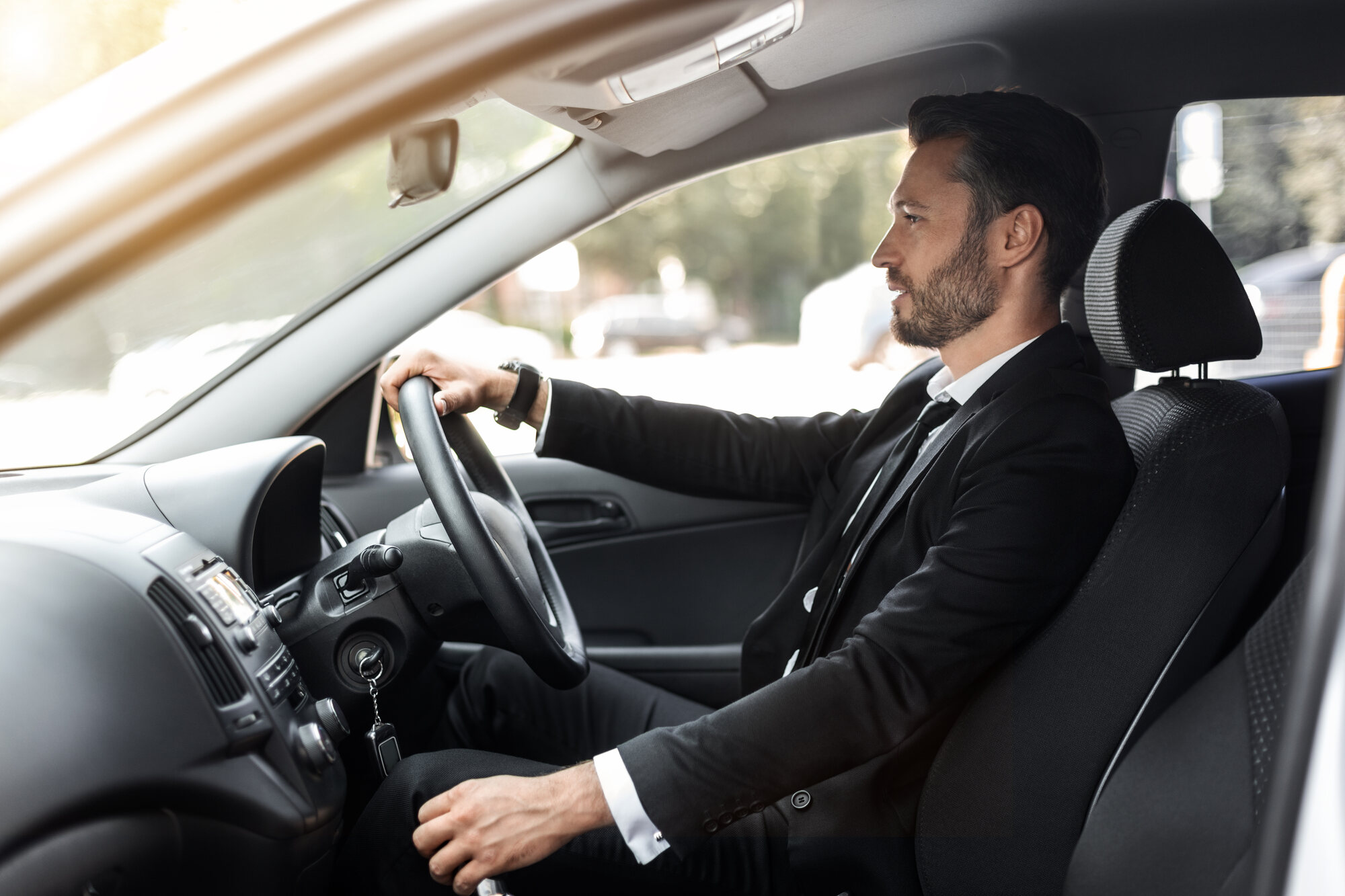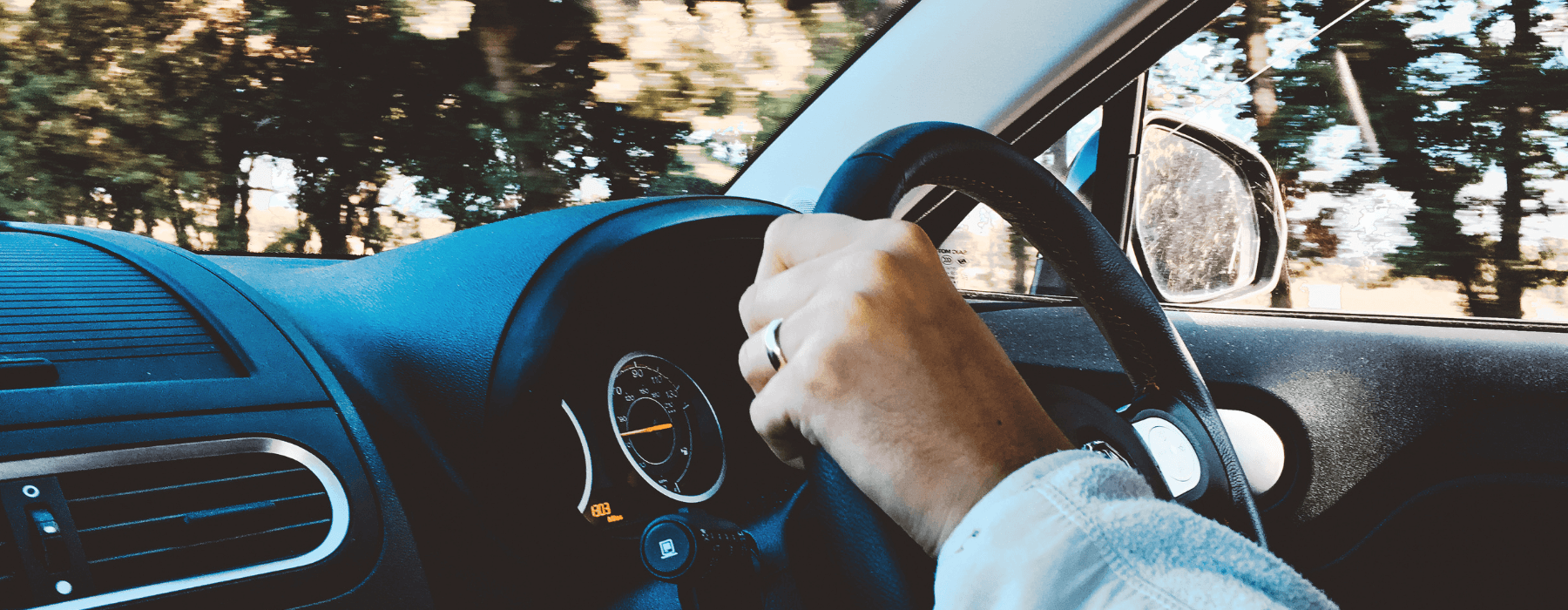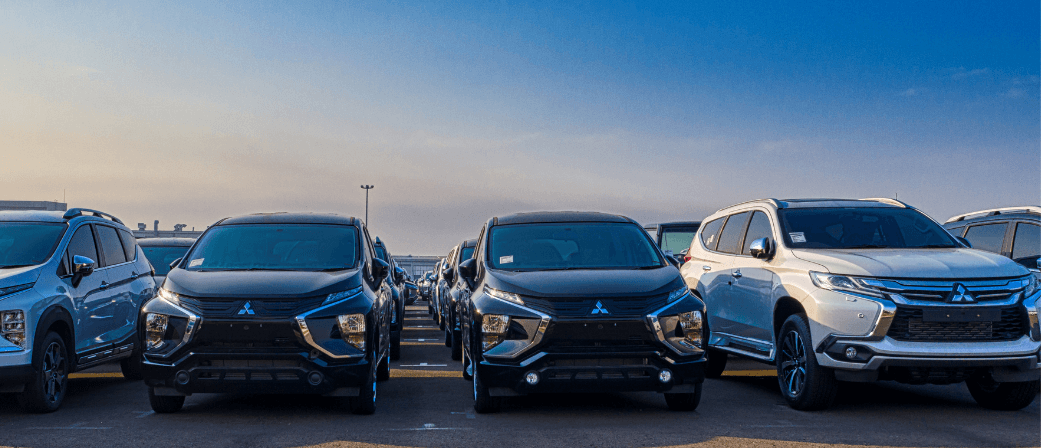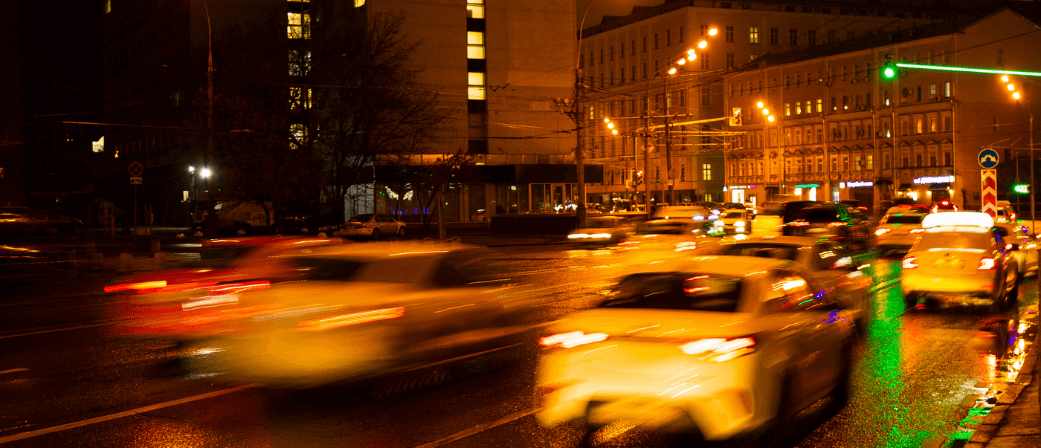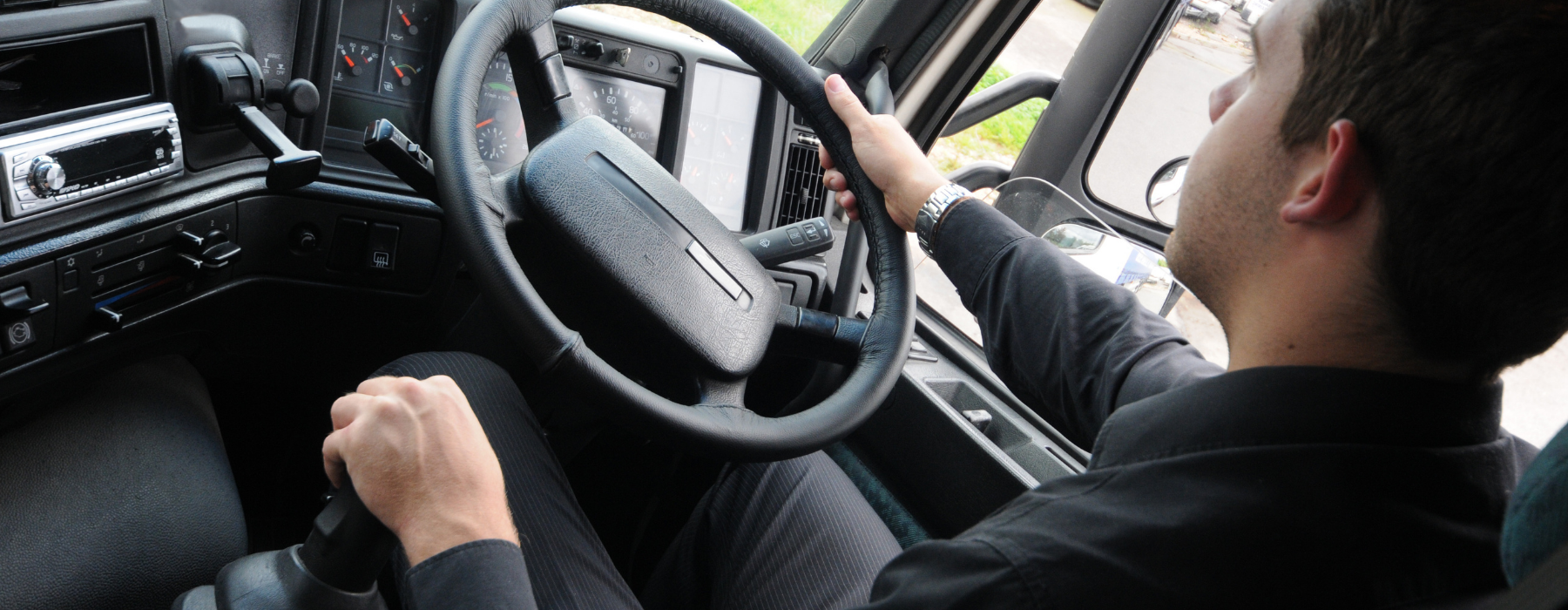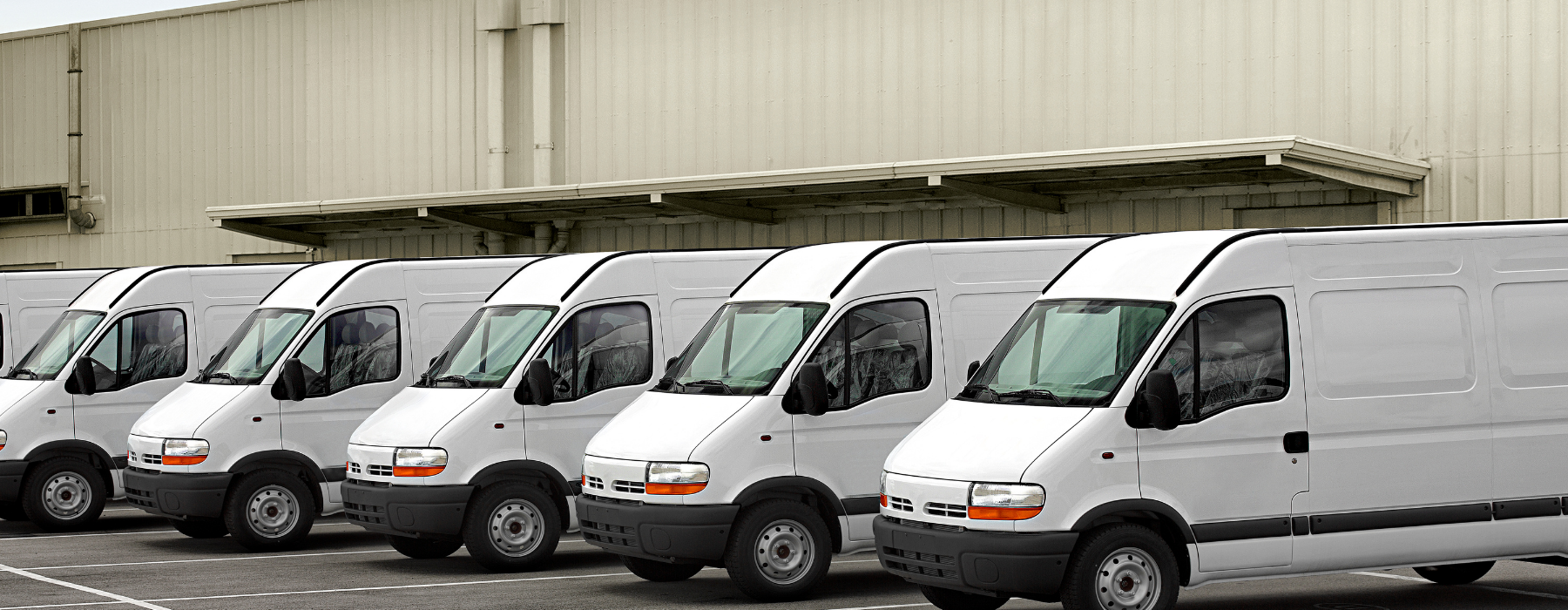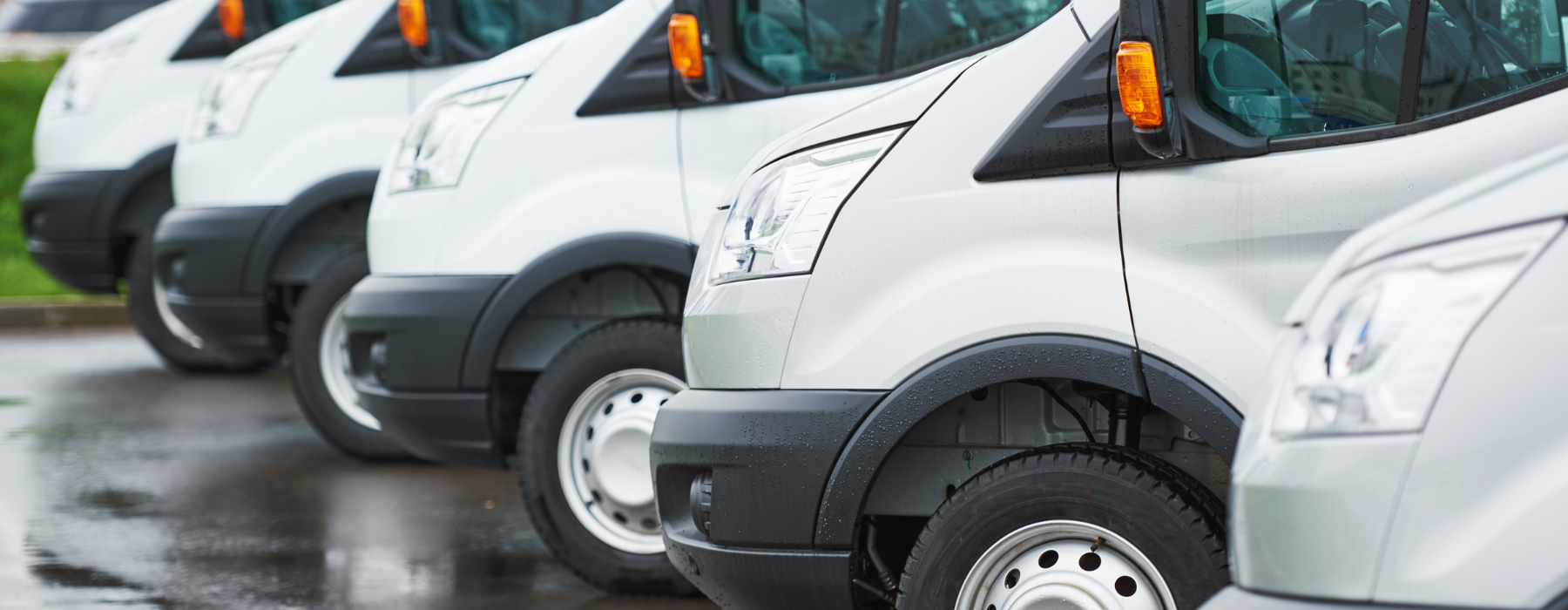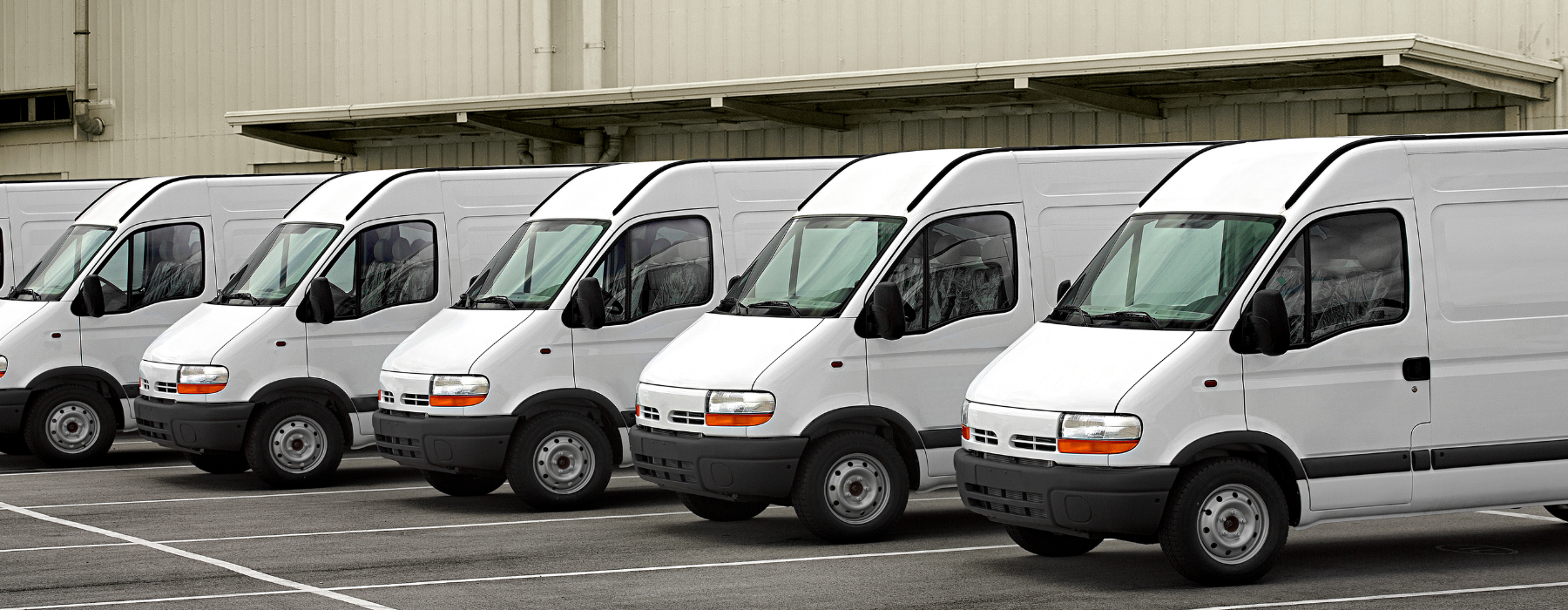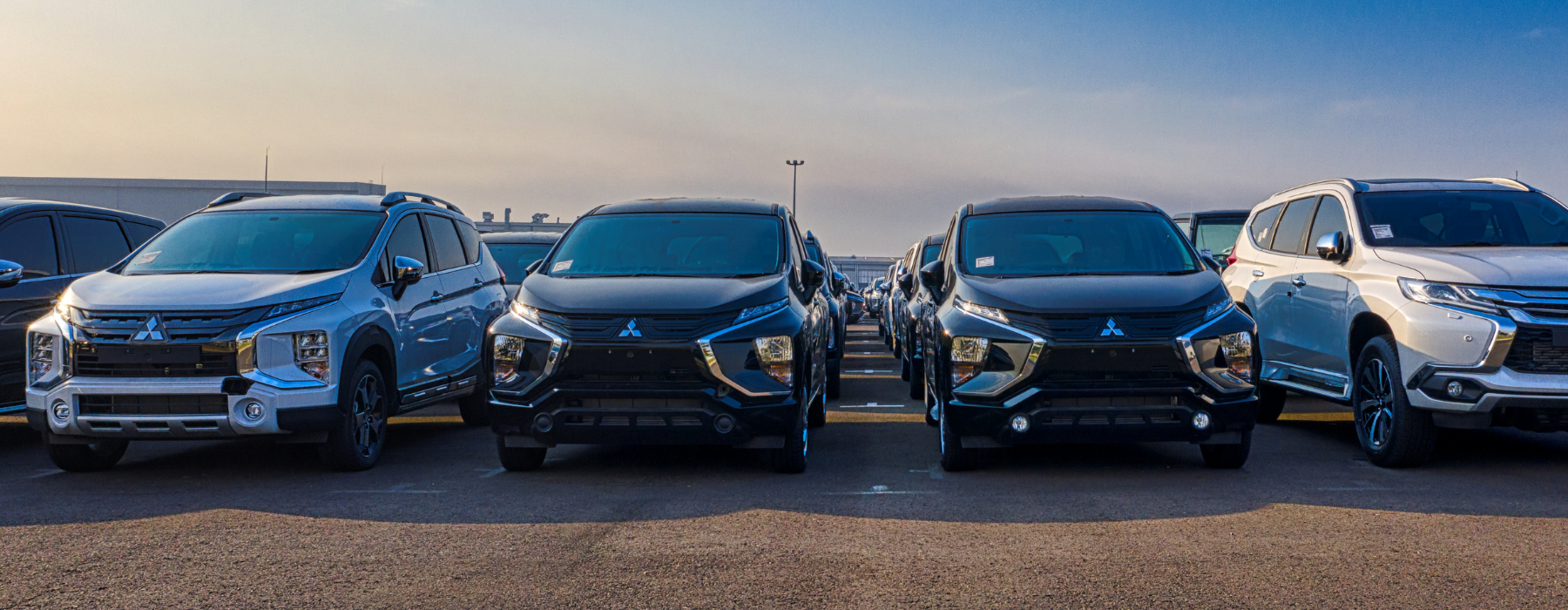The shorter evenings have started to creep in as the winter season approaches. Clocks have gone back, leaving drivers with significantly less daylight on the roads. Consequently, drivers should take extra care to ensure everyone remains safe.
Therefore, we’ve looked at the highway codes to highlight some relevant rules for drivers to know as the darker evenings begin.
Visibility is Key
First, one of the most critical aspects of safe driving is guaranteeing clear and uninterrupted road visibility, especially in the evenings when vision is already restricted.
Using well-lit headlights and ensuring windscreens are clean are essential before setting off on your journey.
Rule 94 of the Highway Code states:
At night or in poor visibility, do not use tinted glasses, lenses or visors if they restrict your vision.
Although a short and simple rule, securing clear visibility is vital to maintaining safety in the darker evenings, with no sun around to bother you, it makes sense to keep the shades at home.
Lighting Requirements
With the darker evenings restricting vision for all, it’s important drivers stay up-to-date with the latest lighting requirements as stated in the Highway Code.
These rules ensure registration plates are visible, but they also stipulate the use of headlights at night.
The full rule, Rule 113 of the Highway Code, states that drivers MUST:
– ensure all sidelights and rear registration plate lights are lit between sunset and sunrise.
– Use headlights at night, except on a road that has lit street lighting. Unless otherwise specified, these roads are generally restricted to a speed limit of 30 mph (48 km/h).
– use headlights when visibility is seriously reduced.
It’s interesting to note that headlights should be used in daylight at times of lessened visibility. This includes weather such as extreme fog or snow; drivers should use common sense to judge whether it is suitable to have headlights on.
Drivers should also be aware that night is defined as anytime, half an hour after sunset and half an hour before sunrise.
Headlights in further detail
Although we have already touched on lighting requirements, another rule specifies when drivers should use their headlights.
Common sense should be used, and drivers should use their headlights when needed; however, Rule 226 of the Highway Code explores this in greater depth.
Rule 226 states that drivers MUST:
-use headlights when visibility is seriously reduced, generally when you cannot see for more than 100 metres (328 feet). You may also use front or rear fog lights, but you MUST switch them off when visibility improves.
This rule is useful as it defines when headlights should be used, providing a distance of 100m. Drivers should be prepared to use their headlights if vision is reduced past this point.
As the rule states, the headlights and fog lights should then be switched back off when visibility is secured.
We hope this article helped remind you of some relevant Highway Code rules regarding driving in the darker evenings. Now that the clocks have gone back, the reduced visibility on the roads is something all drivers should keep in mind.
From preparing your car and making sure headlights are fully functional to taking extra care on the roads by driving at a slower pace, there are various ways drivers can alter their driving routines to make the roads safer this winter.
Although maintaining your vehicle seems like common sense, these things can often be forgotten, particularly throughout the busy winter period when minds are understandably elsewhere! Despite this, maintaining your vehicle is the best way to ensure continued safety in harsher conditions.
Whilst the darker nights are definitely something to keep in mind, drivers should also be aware of the effects the cold weather has on windscreens. In the mornings, be prepared to set aside time to defrost windows to ensure visibility on the roads can be easily maintained.
De-icer spray and a scraper can easily defrost windscreens. Hot water can also help melt the ice quickly.
Overall, we can all remain safe on the roads this winter by taking a little bit more care on the roads and putting aside some extra time to prep vehicles.
If you have a car or you’re looking to buy one and require insurance, look no further than us. Here at Insurance Revolution, we focus on delivering the very best service to people who generally find it more difficult to get Insurance.
